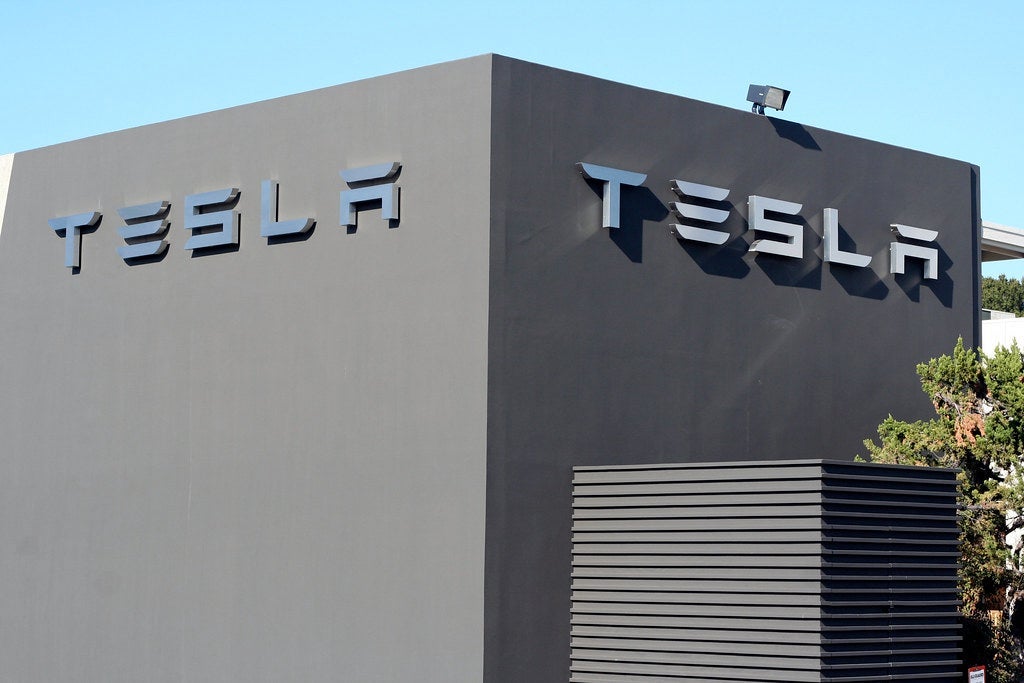Tesla’s Delivery Shortfall: Understanding the Implications for Autonomy and Robotics
Tesla’s recent delivery challenges have ignited a fervent debate surrounding the company’s ambitious plans for autonomy and robotics. In the wake of disappointing delivery numbers, industry analysts, including Gordon Johnson, have begun to draw parallels between Tesla’s Optimus project and legacy technologies that have failed to meet expectations. This article aims to unravel the complexities of Tesla’s delivery issues and their implications for its autonomous technology and robotics future, providing insights that underscore the evolving landscape of the automotive industry.
The Context of Tesla’s Delivery Shortfall
In recent quarters, Tesla has faced significant hurdles in meeting its delivery targets. Despite being a leader in electric vehicle (EV) technology, the company has encountered production bottlenecks, supply chain disruptions, and challenges in scaling its operations. The ramifications of these delivery shortfalls are multifaceted, impacting not only Tesla’s bottom line but also its reputation as a pioneer in the automotive sector.
Analysts have pointed out that the shortfall may be indicative of deeper issues within the company. As Tesla attempts to ramp up production to meet soaring demand for its vehicles, the need for a robust and reliable supply chain becomes paramount. The ongoing global semiconductor shortage has particularly hampered production capabilities, leading to delays in delivering vehicles to eager customers.
Impact on Autonomy and Robotics
The discussion surrounding Tesla’s delivery shortfall inevitably leads to a closer examination of its autonomous technology and robotics initiatives. Tesla has long touted its Full Self-Driving (FSD) capabilities as groundbreaking, positioning itself at the forefront of the autonomous vehicle revolution. However, the recent delivery challenges have led some industry experts to question whether the company can live up to its ambitious promises.
Gordon Johnson, a noted analyst, has drawn provocative comparisons between Tesla’s Optimus robot and outdated technologies. He argues that while Tesla’s vision for a robotic future is compelling, the execution may not align with the expectations set by the company’s narrative. This raises critical questions about the feasibility of Tesla’s autonomous ambitions:
- Can Tesla deliver on its promises of fully autonomous vehicles in a timely manner?
- What are the implications of the delivery shortfall for the development of Tesla’s robotics initiatives?
- How do these challenges impact investor confidence and market perception?
Reevaluating Expectations
Given the rapid pace of technological advancements in the automotive sector, it is essential to reevaluate expectations regarding autonomy and robotics. While Tesla has made remarkable strides in electric vehicle technology, the transition to fully autonomous driving is fraught with complexities. The regulatory landscape, safety concerns, and the readiness of infrastructure all play vital roles in determining the timeline for widespread adoption of autonomous vehicles.
Moreover, as competitors emerge with their own autonomous driving solutions, Tesla must navigate a landscape that is becoming increasingly crowded. Companies like Waymo, Cruise, and even traditional automakers are investing heavily in autonomous technology, intensifying the competitive pressure on Tesla to deliver innovative solutions that stand out in the market.
Understanding the Robotics Landscape
Tesla’s foray into robotics, particularly with its Optimus project, represents a bold vision for the future. The concept of a humanoid robot that can assist in various tasks, from manufacturing to everyday household chores, is certainly ambitious. However, the challenges in developing such a robot are significant.
While Tesla has showcased its vision for Optimus, the trajectory of robotics development is littered with past failures. Many companies have attempted to create humanoid robots only to find that the technology was not yet ready for prime time. This historical context raises important considerations:
- What lessons can Tesla learn from the history of robotics development?
- How can the company ensure that its robotics initiatives do not suffer the same fate as past endeavors?
- What role does public perception play in the acceptance of robotic technology?
Investing in the Future
Despite the challenges faced by Tesla, there is a sense of optimism regarding the future of autonomy and robotics. The demand for sustainable transportation solutions continues to rise, and Tesla remains a key player in this transformation. Investors are keenly aware of the potential for growth in the EV and autonomous vehicle markets, and Tesla’s innovation in robotics adds another layer of intrigue.
Moving forward, it will be crucial for Tesla to address its delivery shortfalls while simultaneously advancing its autonomous and robotics initiatives. The company must adopt a holistic approach that encompasses:
- Enhanced supply chain management to mitigate production delays.
- Strategic partnerships with technology firms to bolster its robotics capabilities.
- A commitment to transparency with investors and customers regarding timelines and expectations.
The Road Ahead for Tesla
Tesla’s delivery shortfall serves as a reminder of the challenges inherent in pushing the boundaries of technology. As the company navigates these hurdles, it will need to maintain its focus on innovation while also ensuring that its promises are grounded in reality. The path to autonomy and robotics is fraught with uncertainties, but the potential rewards are immense.
As we look to the future, the interplay between Tesla’s delivery challenges and its autonomous ambitions will be a critical area to monitor. The company’s ability to adapt, innovate, and deliver on its promises will ultimately determine its position in the rapidly changing automotive landscape.
In conclusion, while Tesla’s delivery shortfall raises valid concerns about its autonomous technology and robotics capabilities, it also presents an opportunity for growth and reevaluation. As the industry evolves, so too must the expectations we hold for companies at the forefront of these transformative technologies.
See more Future Tech Daily

